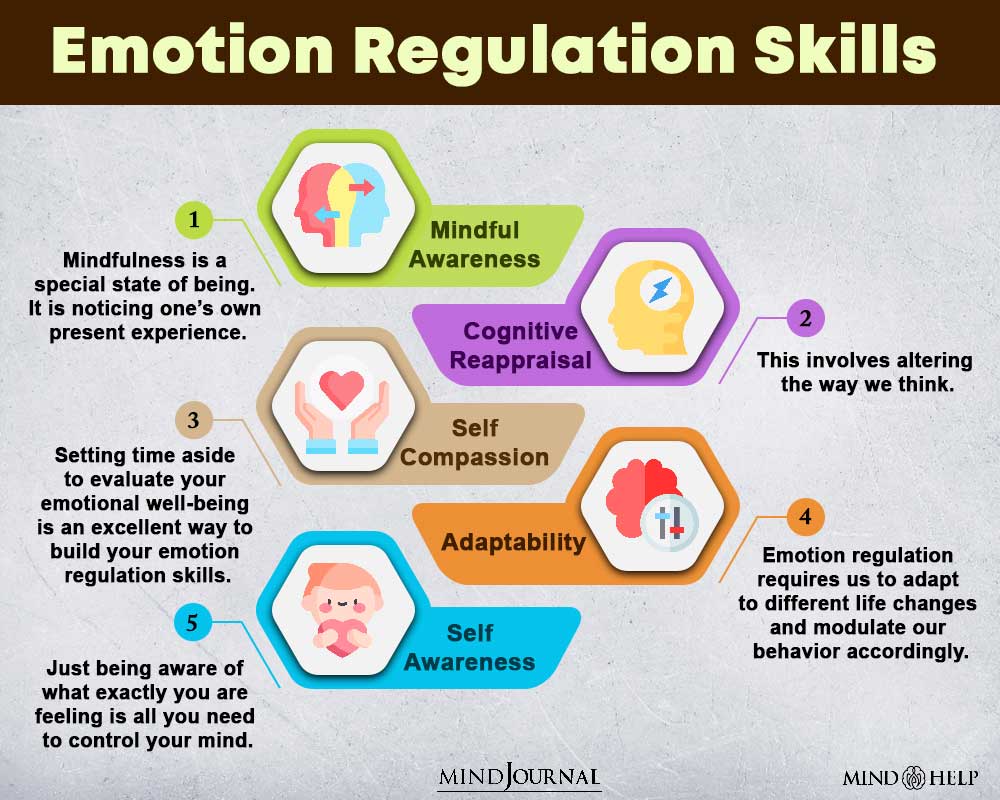Emotion Regulation Meditation
Emotion Regulation Meditation: A Powerful Practice for Tranquilizing the Mind
Emotions are an integral part of our lives, influencing our thoughts, actions, and overall well-being. While some emotions bring joy and fulfillment, others can be overwhelming and distressing. Finding effective ways to regulate and manage our emotions is crucial for maintaining a healthy and balanced mindset.

Mindfulness: The Pathway to a Tranquil Mind
In today's fast-paced world filled with constant distractions, it's easy to lose touch with our emotions and become consumed by stress and anxiety. However, by practicing mindfulness, we can cultivate a tranquil mind and learn to navigate through life's challenges with greater ease.

The Benefits of Emotion Regulation Meditation
Emotion regulation meditation, a specific form of mindfulness practice, is a powerful tool that allows individuals to recognize, understand, and regulate their emotions. By incorporating this practice into your daily routine, you can experience a wide range of benefits, including:
- Enhanced Emotional Intelligence: Emotion regulation meditation helps you develop a deeper understanding of your feelings, allowing you to effectively navigate through them.
- Reduced Stress and Anxiety: By practicing meditation regularly, you can reduce stress levels and alleviate anxiety, promoting a sense of calmness and tranquility.
- Improved Mental Clarity: Regular meditation can enhance your cognitive abilities and improve focus, concentration, and decision-making skills.
- Greater Self-Awareness: Through the practice of emotion regulation meditation, you can cultivate a heightened sense of self-awareness, leading to personal growth and self-improvement.
- Enhanced Well-Being: Emotion regulation meditation promotes overall well-being by fostering positive emotions, improving relationships, and increasing overall life satisfaction.
How to Practice Emotion Regulation Meditation
Emotion regulation meditation involves a systematic approach to recognizing and regulating emotions. Here's a step-by-step guide to help you get started:
- Find a Quiet and Comfortable Space: Choose a peaceful environment where you can sit comfortably without any distractions.
- Assume a Comfortable Posture: Sit in a position that allows you to be alert and relaxed. You can choose to sit on a cushion, a chair, or even lie down.
- Focus on Your Breath: Begin by taking a few deep breaths, allowing yourself to relax and center your attention on your breath. Observe the sensation of your breath flowing in and out of your body.
- Notice Your Emotions: As you focus on your breath, bring your awareness to your emotions. Observe them without judgment, allowing them to arise and pass naturally.
- Label Your Emotions: Once you have recognized your emotions, try to label them with words. This simple act of labeling can help create distance between yourself and your emotions, allowing you to regulate them more effectively.
- Regulate Your Emotions: Once you have labeled your emotions, bring your attention back to your breath. Focus on the sensation of each breath, allowing it to anchor you in the present moment and gradually regulate your emotions.
- Practice Gratitude: End your meditation session by reflecting on things you are grateful for. Cultivating gratitude can help shift your focus towards positivity and enhance your overall well-being.
Frequently Asked Questions
1. How often should I practice emotion regulation meditation?
The frequency of your meditation practice depends on your personal preferences and schedule. However, for optimal results, it is recommended to practice emotion regulation meditation for at least 10-15 minutes each day.
2. Can emotion regulation meditation help with anger management?
Yes, emotion regulation meditation can be a valuable tool for managing anger. By practicing mindfulness and regulating your emotions, you can develop healthier coping mechanisms and respond to anger-inducing situations in a more calm and collected manner.
3. Is it normal to experience difficulty regulating emotions during meditation?
Yes, it is natural to encounter challenges while regulating your emotions during meditation. Remember that meditation is a practice, and it takes time and patience to develop the skill of emotional regulation. With consistent effort and practice, you will gradually witness improvements in your ability to regulate and manage your emotions.
In Conclusion
Emotion regulation meditation is a transformative practice that empowers individuals to cultivate a tranquil mind and navigate through life's ups and downs with grace. By incorporating this powerful tool into your daily routine, you can enhance emotional intelligence, reduce stress and anxiety, improve mental clarity, foster self-awareness, and promote overall well-being. Start your journey towards emotional well-being today and experience the profound effects of emotion regulation meditation.
Caro Montalto|Artículo|¿Cuál Es La Mejor Forma De Tranquilizar La Mente?
 Image Source : caromontalto.com
Image Source : caromontalto.com Improve Emotion Regulation With Emotional-Based Meditation
 Image Source : contemplative-studies.org
Image Source : contemplative-studies.org Mindfulness And Meditation Help Peoplecof All Ages Improve Emotional
 Image Source : www.pinterest.com
Image Source : www.pinterest.com regulation calming ages
Introduction To Mindfulness Guide With Meditation Scripts, Information
 Image Source : www.pinterest.com
Image Source : www.pinterest.com Meditation - Restore Behavioral Health
 Image Source : restorebehavioralhealth.com
Image Source : restorebehavioralhealth.com mindfulness emotional
Emotion Regulation
 Image Source : mind.help
Image Source : mind.help Meditation Effects On Mindfulness And Emotion Regulation Are Associated
Emotional Regulation Activities For Children | Mindful Parenting Blog
 Image Source : goodluckyogi.com
Image Source : goodluckyogi.com Caro montalto|artículo|¿cuál es la mejor forma de tranquilizar la mente?. Meditation effects on mindfulness and emotion regulation are associated. Emotional regulation activities for children. Mindfulness emotional. Regulation calming ages